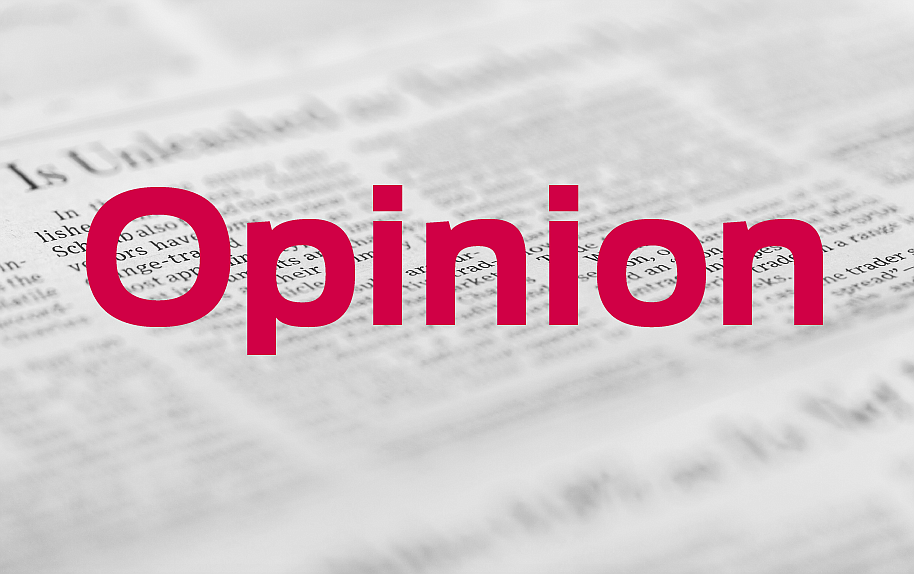- April 25, 2024
-
-
Loading

Loading

Back in August, we doubted Florida would experience a “V”-shaped economic recovery, given the crash in the state’s hospitality and retail sectors.
But based on the most recent data from the Florida Office of Economic & Demographic Research, and the picture of what has occurred, you can say Florida indeed has experienced a “V”-shaped recovery over the past six months, with the exception, as predicted, in the hospitality sector.
Florida lost a stunning 1,178,100 jobs from February to April, sending Florida’s unemployment rate to 13.8% in April, well above the 10% that persisted during the 2008 recession. But since then, the state has regained more than half of those jobs — a remarkable 699,700 in six months. The unemployment rate has dropped by almost half, to 6.4% as of the end of October.
Nationwide, Florida’s unemployment rate ranks the state in the second tier — at 32nd. All things considered, that’s not all that bad, especially knowing that when the U.S. economy crashes, Florida crashes harder than most states because of its reliance on tourism. Certainly, it could be worse:
The worst unemployment rates in the nation: Hawaii, 14.3%; Nevada, 12%; New York, 9.6%; Louisiana, 9.4%; California, 9.3%.
The lowest unemployment rates: Nebraska, 3%; Vermont, 3.2%; Iowa, 3.6%; South Dakota, 3.6%; Utah, 4.1%.
Ever since hitting bottom in the spring, Florida’s economy has been recovering at a steady pace. That trend continued this fall. From September through October, Florida added another 61,100 jobs.
The largest increase in those recovered jobs came in Florida’s important leisure and hospitality sector: 29,600.
But that sector is still decimated vis-à-vis most others. Compared to a year ago, hospitality employment is down 16%, roughly 200,000 jobs. No other sector comes close.
With Florida’s struggling restaurant and hotel industries still the most visible signs of the pandemic’s effects, it’s difficult to celebrate Florida’s recovery. Nonetheless, the state’s economy is proving its resiliency when you look at October tax collections. They’re another indicator of the “V” recovery.
The state’s overall tax collections in October matched those of October 2019 — totally unexpected. What’s more, for the three months of August, September and October, state tax collections beat the state’s revised pandemic forecasts by $719.6 million.
According to the Office of Economic & Demographic Research’s October report: Nearly 92% of the gain in state revenues came from sales tax collections. “After plunging almost $1.8 billion across a four-month period,” sales tax collections in August and September beat the state’s revised forecasts. And October collections beat October 2019 collections by $287.4 million, an increase of 3.4%.
Forecasters attributed the increase to “the release of pent-up demand and some consumers’ ability to draw down atypically large savings that built up during the pandemic.”
Other tax categories worth noting that beat October 2019:
And reinforcing the struggles in tourism, tax receipts from restaurants and hotels declined 17.6% in October compared to the same month a year ago.
Altogether, you could say the past three months have generated a lot of positive signs. Given the crash in the state’s economy, it’s remarkable that year-to-date tax collections for the first four months of the fiscal year are down only 2.7% compared to the same period a year ago.
Unfortunately, tempering optimism going into the high tourist season of 2021 are two factors: 1) How the recent spike in the pandemic will affect the economy; and 2) How long the recession in tourism will persist.
For now, look on the bright side. Florida has made a huge comeback from the disastrous spring.